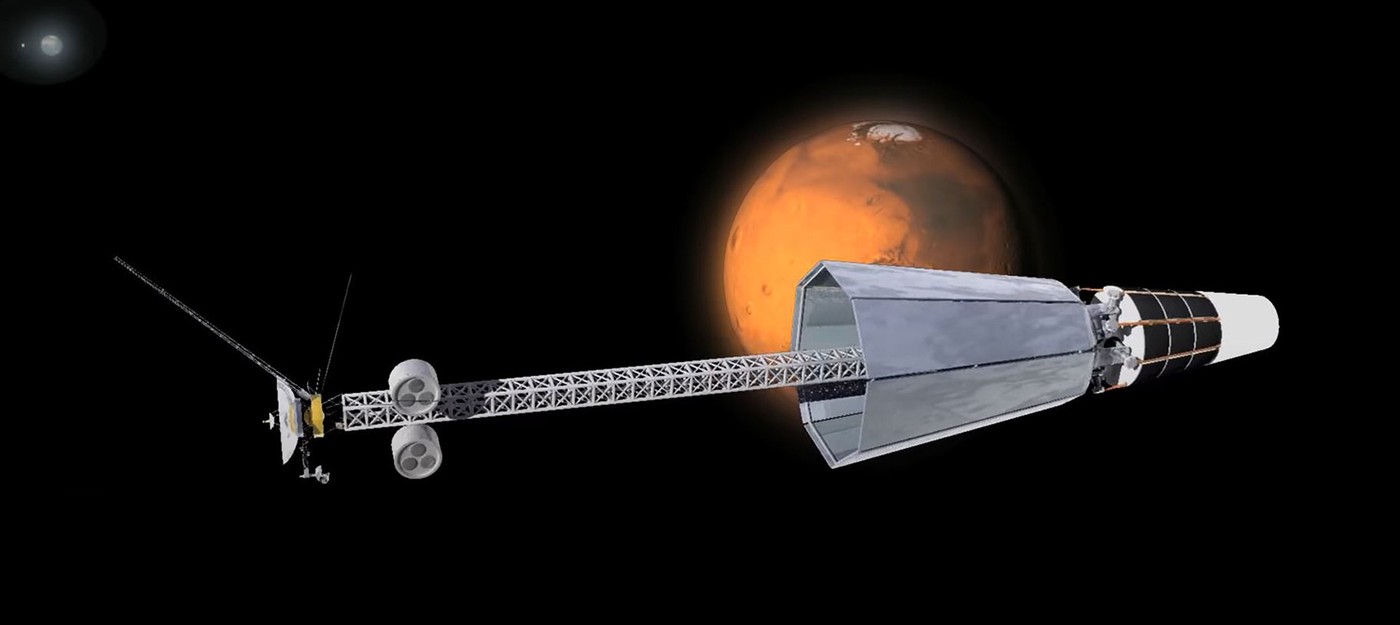Lockheed Martin wins $33.7 million for nuclear space propulsion

Lockheed Martin has recently achieved significant progress in space propulsion technology. In July 2023, the company secured a contract worth $33.7 million from the Air Force Research Laboratory to work on the Joint Emergent Technology Supplying On-Orbit Nuclear (JETSON) High Power program. This initiative aims to develop advanced nuclear electric power and propulsion technologies for use in spacecraft. The JETSON project, which is currently in the preliminary design review phase, plans to advance to a critical design review soon. It features a fission reactor that converts heat into electricity using Stirling engines, potentially generating between 6 kWe and 20 kWe. This output is notably higher than conventional solar arrays and does not rely on continuous sunlight.
The JETSON project, poised for a future flight experiment, seeks to boost maneuverability and power in space force operations. This development is noteworthy as it marks the first U.S. space reactor project since 1965. Lockheed Martin is collaborating with Space Nuclear Power Corp (SpaceNukes) and BWX Technologies, Inc. (BWXT), both specialists in nuclear power and reactor design, to address the increasing demand for enhanced spacecraft mobility and power generation. The project is set to provide onboard electrical power and enable electric propulsion Hall thrusters for Lockheed Martin’s LM2100 satellites, representing a significant step towards using nuclear electric propulsion for exploration missions beyond Earth.
In a related development, Lockheed Martin also received a DARPA contract to work on the Demonstration Rocket for Agile Cislunar Operations (DRACO) project. This project, a collaboration with NASA's Space Technology Mission Directorate, aims to demonstrate a nuclear-powered spacecraft in space by 2027. The DRACO project's nuclear thermal propulsion (NTP) engines provide thrust levels comparable to traditional chemical propulsion but with two-to-five times greater efficiency. This advancement is expected to enable faster and further space travel, reduce propellant requirements, and open up new mission possibilities, including emergency scenarios during Mars missions.
The DRACO project's NTP system heats hydrogen propellant using a nuclear reactor, creating substantial thrust. The reactor, designed to use a specialized form of uranium, will not be activated until reaching a safe orbit. Lockheed Martin's partnership with BWX Technologies in developing the reactor and producing fuel underscores a commitment to safety and efficiency in this burgeoning field.
These initiatives by Lockheed Martin signal a new chapter in space technology, highlighting the potential of nuclear propulsion systems to significantly enhance spacecraft capabilities. This technology is poised to change space travel within our solar system and has important implications for national security and defense strategies in space.
- DARPA accidentally invents new rocket "radar" thanks to SpaceX